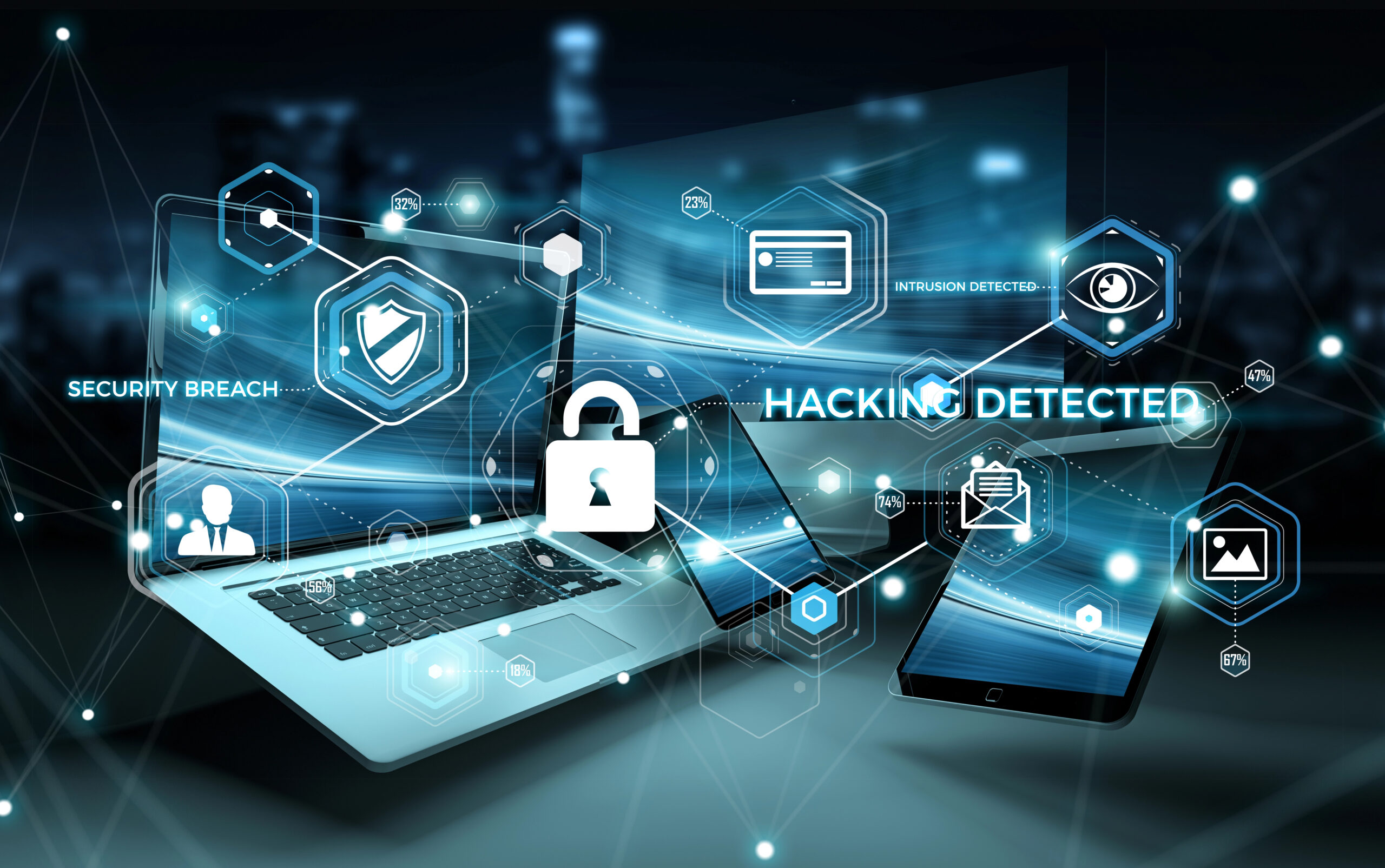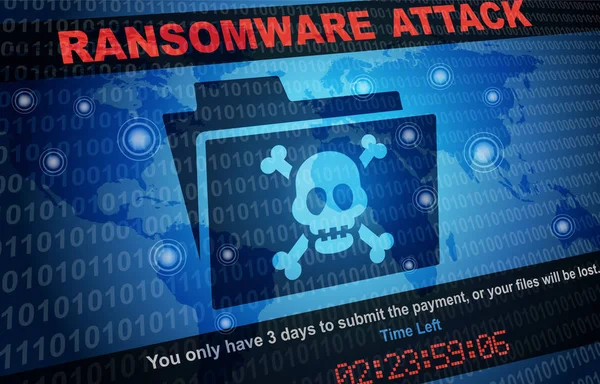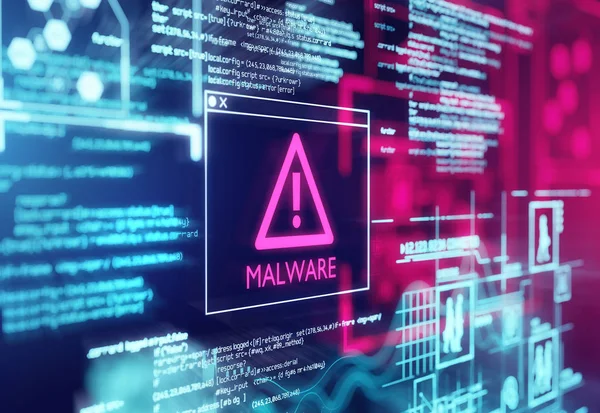Protecting against cyber-attacks can feel unsatisfyingly intangible. It is not always clear how much risk protection you are buying with security interventions. And it is not always clear how your insurance is being priced, and how that relates to your investment in security. The purpose of this post is to interrogate the insurance market and seek to gain some clarity into how pricing operates.
Continue readingHow Cyber Insurance and Cybersecurity Services Protect Your Sensitive Data
The number of cyberattacks against businesses of all sizes is growing daily. Attacks with data encrypting ransomware can cripple a business by making it unable to service internal and external users. Malicious phishing campaigns attempt to compromise login credentials to enable unauthorized access to sensitive data resources. Maintaining the security of a company’s information technology (IT) environment has never been more important.
Continue readingThe Future of Cyber Insurance: Why Cyber Insurance Isn’t Going Away Anytime Soon
The cyber insurance market has faced challenges in recent years. Increased ransomware attacks have driven higher loss ratios. Russia’s attack on Ukraine has raised concerns about catastrophic global cyber events. With news that the U.S. government might create a government-backed national cyber insurance program, some people wonder whether private cyber insurance will become obsolete. The IT and cyber security community has questions about the future viability of the cyber insurance market.
Continue readingThe Critical Convergence Between IT, Cybersecurity and Insurance
The complexities of technologies in the early days of computing are nothing compared with what MSPs contend with today. The speeds and feeds of the recent past have evolved into conversations about processes and regulations and addressing challenges and opportunities with real business solutions. While running cable and repairing PCs are still vital functions, clients expect much more from their IT services partners today. That increasing reliance creates several key advantages for MSPs – from added revenue opportunities to greater customer satisfaction – as well as a few big drawbacks.
Continue readingBuild a Cybersecurity Fantasy Team
The cost of protecting data has never been higher. What many experts fail to say is that the financial liabilities associated with poorly secured systems are on the rise as cybercriminals target both MSPs and their clients. Estimating the cost of downtime and remediation support and the reputational damage from these attacks can be difficult for any business. For MSPs, those incidents are even more concerning as the experts in all things cybersecurity – a poor response can undermine their credibility in the business community.
Continue readingAre Your MSP’s Assets Adequately Protected from Cyberattacks?
IT service providers spend a lot of time discussing protection. Whether consulting with clients or developing plans to boost internal defenses, those conversations often center on data and the systems that store or transmit critical and sensitive information. With cybercrime on the rise, many technologists are more inclined to invest in more solutions and implement measures that will help keep providers and the businesses they support safe from IT-related threats.
Continue reading6 Reasons Your Company is Not Safe from Ransomware, No Matter How Much You’re Spending
Cybersecurity is one of the biggest concerns for every business today. Hacking and ransomware attacks deliver high returns for a relatively low effort and the significant rise in revenue fuels increasingly more aggressive and costly attacks. That recipe means the cybercriminal community will expand and ramp up its activities to keep those cash streams flowing.
Continue readingWhat Are An MSP’s Liabilities When Clients Become Cybercrime Victims?
The risks MSPs face are not always clear. While most IT business owners are aware of the consequences of losing clients, hiring bad drivers, and not locking their doors, other potential threats are not quite so clear. For example, knowing where the ultimate responsibility falls when a client becomes the victim of a ransomware attack or some other type of cybersecurity incident can get a bit fuzzy.
Continue readingTriple Extortion Schemes Give Cyber Criminals More Power and Leverage
The riskiest thing many businesses do is maintain the status quo. The cybercrime community appears to take that to heart as they continue to renew and upgrade previously retired malware and launch new and more damaging versions of their malicious software. The greater the creativity, the more money they can generate from unsuspecting individuals and businesses. Unfortunately, cybercriminals are very innovative and imaginative, so MSPs and other security professionals need to work even harder to keep ahead of the latest schemes and attack methodologies.
Continue readingWhat You Should Do If Your Business Is Hit With a Cyber Attack
The Covid-19 pandemic has led to a paradigm shift in how businesses operate and the accelerated shift to digital and online operations.
Continue reading









